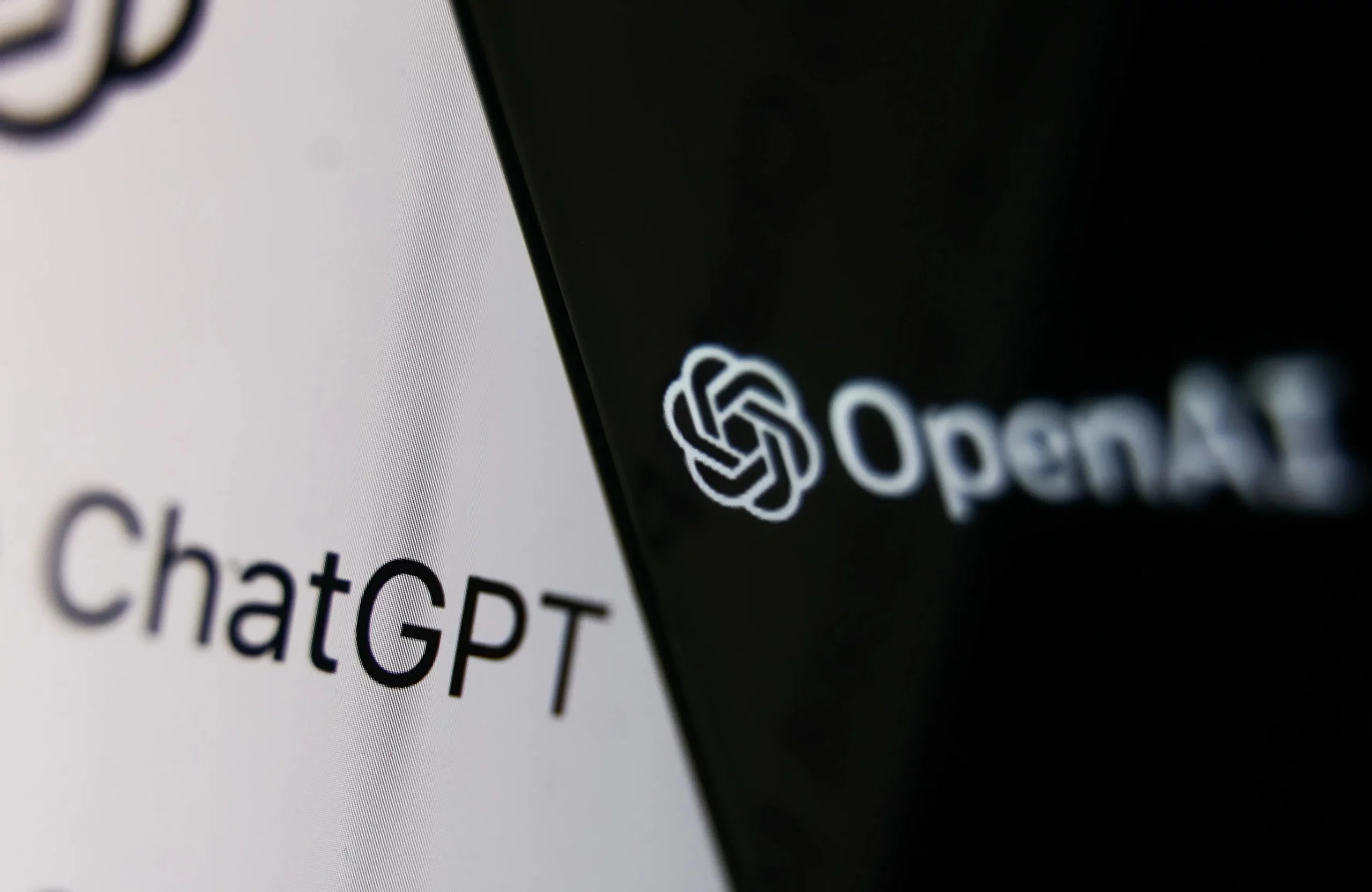By Kristina Scott
Data lakes are flexible and scalable architectures that are changing how businesses store and process data.
Businesses are generating and using more data than ever. This data comes from a variety of sources, such as customer interactions, social media, and IoT devices, among others. And it is often stored in different formats, making it challenging to use the data, analyze it, and gain insights. That’s where data lakes come in.
Data lakes are new to the world of big data analytics, and they are rapidly becoming the right choice for organizations. According to a report by MarketsandMarkets, the data lakes market is expected to grow from $7.9 billion in 2019 to $20.1 billion by 2024, at a compound annual growth rate of 20.6%.
Let’s dive deeper into the purpose of data lakes, explore their benefits, and look into their future.

What is a Data Lake?
Data lakes were introduced in the early 2000s by Apache Hadoop as an alternative to the limitations of data warehouses. A data lake is a storage system that allows you to store vast amounts of unstructured, semi-structured, and structured data at a low cost.
Simply put, a data lake is a large repository that stores raw data in its native format. Compared to a data warehouse, which stores data in hierarchical files or folders, a data lake uses a flat architecture and object storage. While traditional data warehouses provide businesses with analytics, they are expensive, rigid, and often not equipped for the use cases companies have today, which is why the demand for data lakes is increasing.
Data lakes consolidate data in a central location where it can be stored as is, without the need to implement any formal structure for how the data is organized. That eliminates the need for preprocessing or transformation of data before storing it, making it an ideal storage solution for a vast amount of data. This raw data can then be processed and analyzed using a range of tools and technologies, such as machine learning algorithms, data visualization, and statistical analysis. Data lakes are built on Hadoop Distributed File System (HDFS) or cloud storage, such as Amazon S3, Microsoft Azure, or Google Cloud Storage.
Why Do Data Lakes Matter?
Often, a business has had big data and just didn’t know it. For instance, data goes unused because current business requirements only use a subset of the data a client or partner exchanges. Data lakes allow a business to consume and ingest vast amounts of raw data, allowing for data discovery in a cheap, efficient, and measurable way. Data-driven businesses tend to focus on future business needs, which require new insights into existing data and using newer technologies such as machine learning for predictive analysis.
Further, data lakes enable organizations to democratize big data access, making data-driven decisions a reality. The most significant advantage of data lakes is that they allow organizations to analyze data more effectively and gain insights faster to empower decision-making.
Data lakes enable businesses to become more data-driven, as they can access and analyze big data quickly and efficiently, shifting the culture to embrace data-driven thinking across the organization. And it pays off — a Deloitte survey found that companies with the strongest culture around data-driven insights and decision-making were twice as likely to significantly exceed business goals. Data lakes enable that big data-driven culture to thrive and be accessible at all levels of the organization. BCC research also found that companies that use data lake services outperform similar companies by 9% in organic revenue growth.
How are Companies Using Data Lakes?
“The one thing I wish more people knew about data lakes is that it’s a tool that has great potential but can be misused. It’s vital to have a strategy to keep your data organized and avoid turning your lake into a swamp.”
Michael Rounds, Director of Data Engineering and Analysis, Kopius
Companies across a variety of industries are using data lakes to gain insights, improve operations and gain a competitive edge. In a research survey by TDWI, 64% of organizations said that the main purpose and benefit of a unified data lake is being able to get more operations and analytics business value from data. Other top value adds include reducing silos, gaining a better foundation for analytics compared to traditional data types, and storage and cost savings benefits.
Here are some practical use-case examples of organizations implementing data lakes in business operations:
- Retailers use data lakes to analyze customer behavior and purchase history to offer personalized recommendations and promotions.
- Healthcare organizations leverage data lakes to store patient data from multiple sources, such as electronic health records and wearables, to better diagnose and treat diseases.
- Manufacturers implement data lakes to monitor and optimize production processes and analyze product performance, thus reducing operational costs.
- Financial institutions use data lakes to gain deeper insights into customers’ behaviors, analyze and detect fraudulent activities, improve risk management, and improve customer experience.
Overall, data lakes help companies make more informed decisions. By storing all their data in one central location, companies can find patterns and trends that were previously hidden. They are empowered to democratize data access, becoming more data-driven, agile, and competitive.
What is the Future of Data Lakes?
The future of data lakes is bright, as businesses continue to invest in big data analytics to stay ahead of the competition. With the increasing dominance of technologies such as artificial intelligence (AI) and machine learning (ML), data lakes can become more intelligent and powerful, able to create predictive models and automate decision-making processes.
McKinsey suggests that businesses take full advantage of data lake technology and its ability to handle computing-intensive functions, like advanced analytics or machine learning. Organizations may want to build data-centric applications on top of the data lake that can seamlessly combine insights gained from both data lake resources and other applications. Data lakes can be used to develop new business models and revenue streams, as businesses seek ways to monetize their data assets.
Ready to harness the power of data lakes in your business? Kopius can help build the future of your data-driven organization by streamlining your data architecture and delivering powerful analytics through data governance, machine learning, data visualization, and more. Learn about our Data Lakes solutions.
Additional Resources
- 5 Industries Winning at Artificial Intelligence
- Data Trends: Six Ways Data Will Change Business in 2023 and Beyond
- 3 Reasons Companies Advance Their Data Journey to Combat Economic Pressure
- Data Mesh Architecture in Cloud-Based Data Warehouses
- How to Develop a Data Retention Policy






















